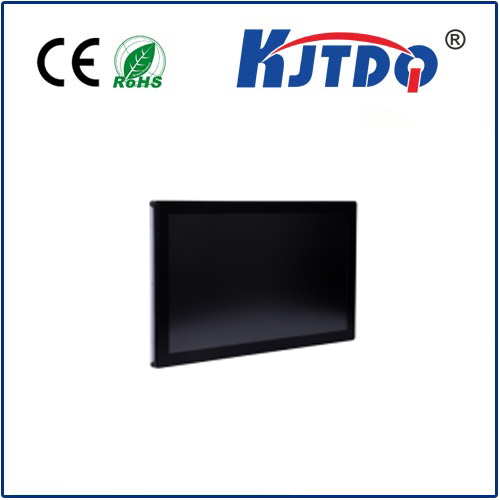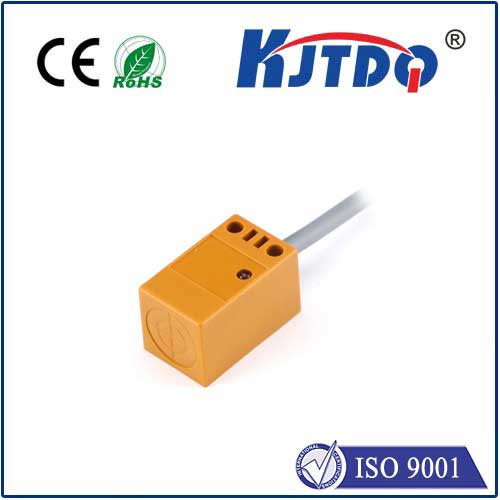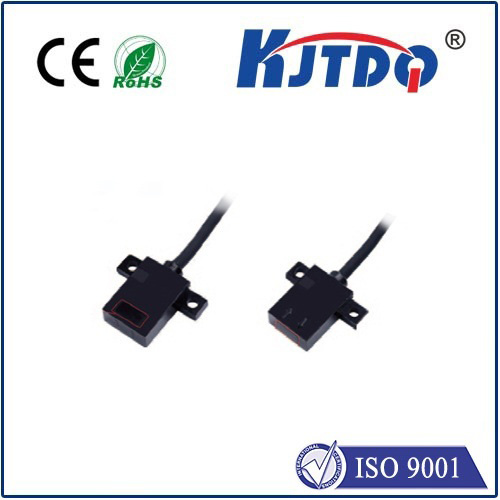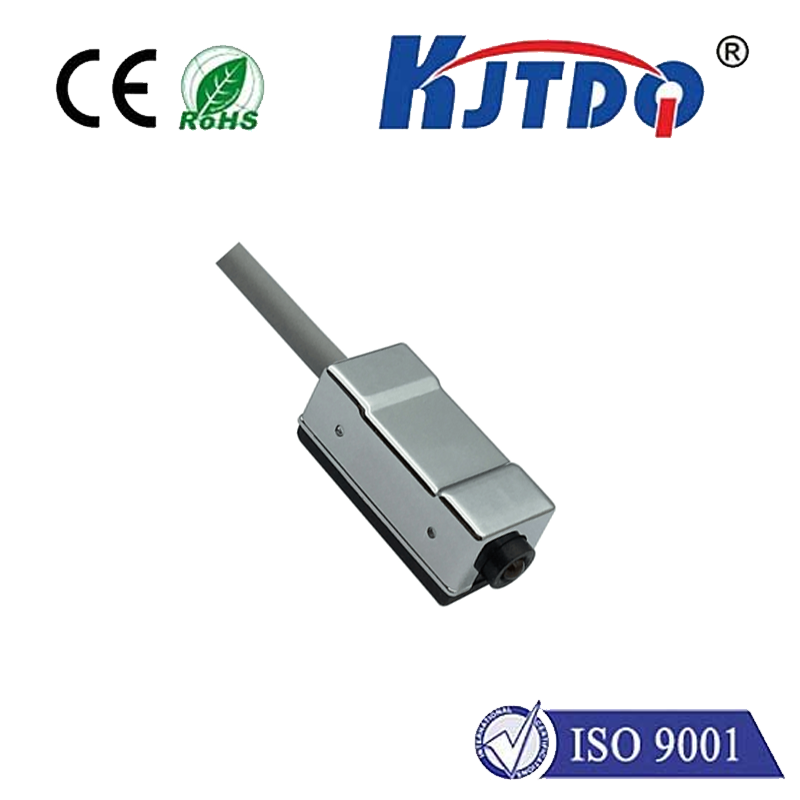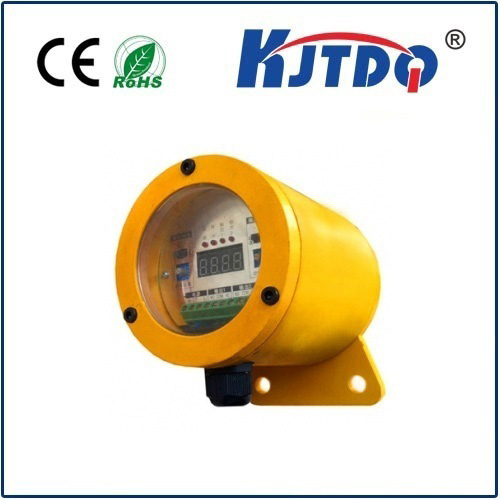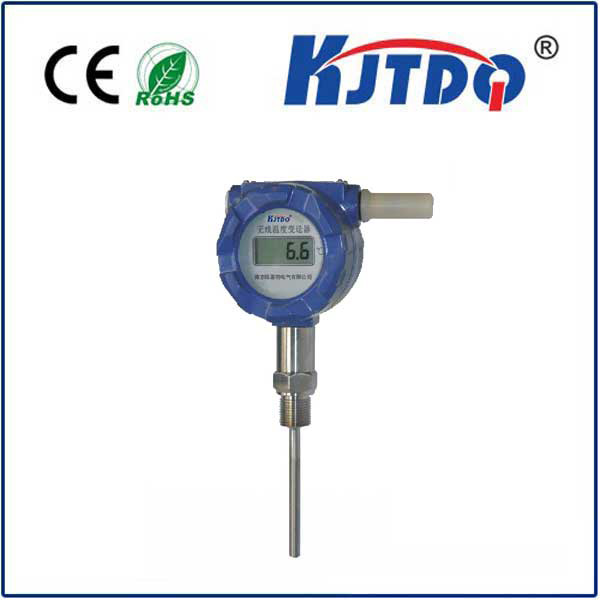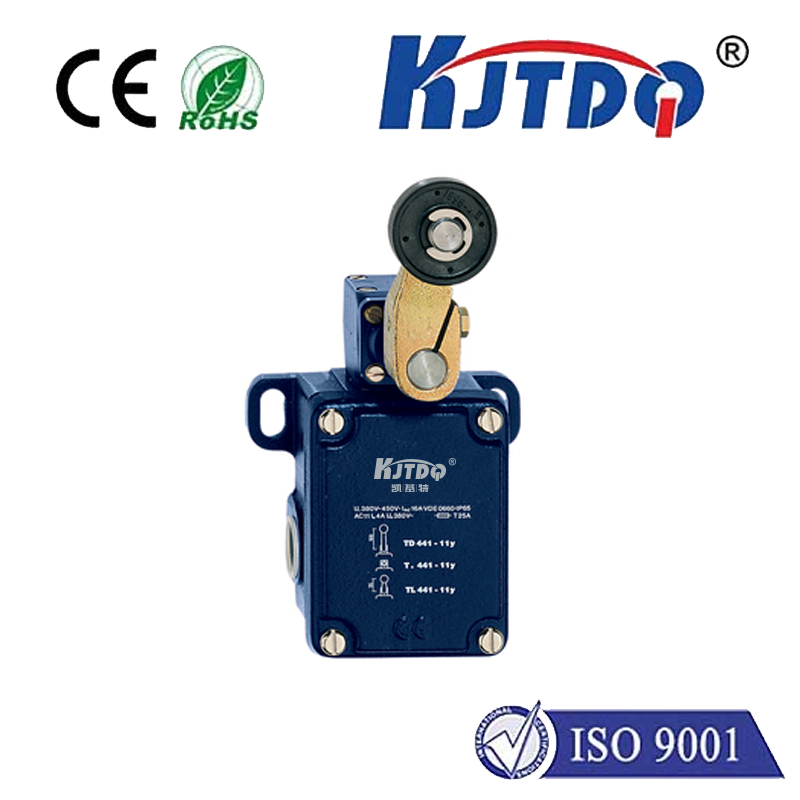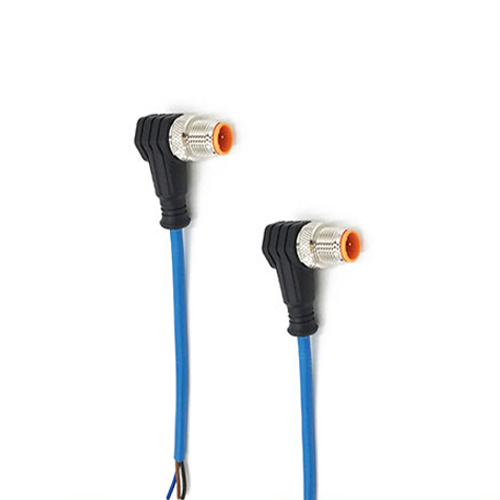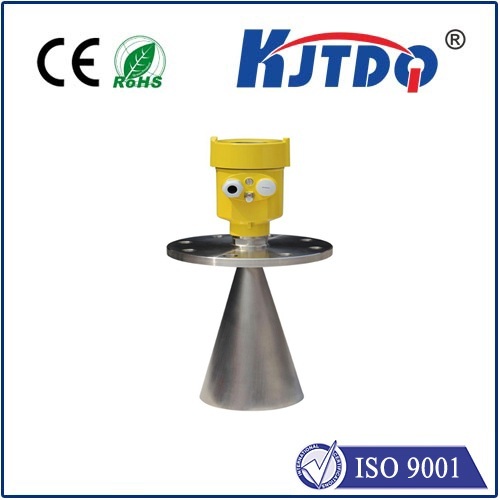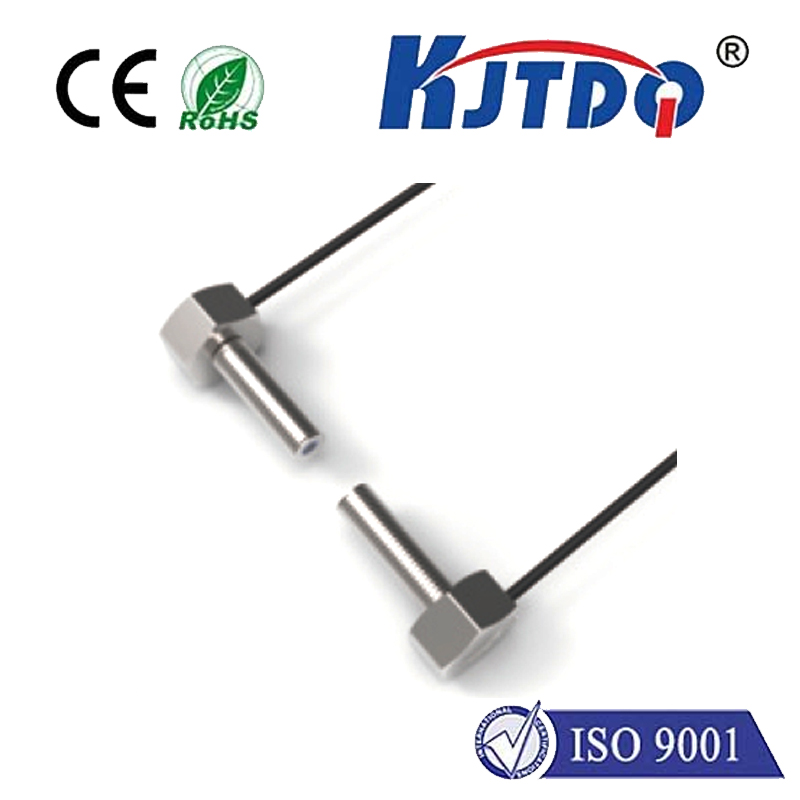

check

check

check

check

check

check

check

check

check

check
## Exploring the IP65 Limit Switch: A Dive into Reliability and Durability
The concept of an IP rating is fundamentally crucial in understanding the durability and reliability of electronic products. This rating system assesses the level of protection against dust, moisture, and other environmental factors, ensuring that devices can function properly in various conditions. Among these ratings, the IP65 limit switch stands as a testament to robustness and efficiency, making it a preferred choice for applications requiring high reliability.
### What is an IP Rating?
An IP rating, or Ingress Protection rating, evaluates the ability of electrical enclosures to shield internal components from external elements such as water, dust, and other potential hazards. The designation ‘IP’ followed by two numbers indicates the degree of protection. The first number signifies the level of protection against solid objects, primarily dust, while the second pertains to water resistance.
### Understanding the IP65 Designation
The IP65 rating specifically indicates a high level of dust tightness, preventing the ingress of dust to a point where it could interfere with the device's proper functioning. On the water resistance scale, it signifies that the switch can withstand low-pressure water jets from any direction without harm. This makes the IP65 limit switch highly suitable for both indoor and outdoor environments where exposure to dust and water is probable.

### Applications of an IP65 Limit Switch
Given its robust protective capabilities, the IP65 limit switch finds widespread use in industrial settings. For instance, it is commonly used in manufacturing units where machinery is exposed to materials and processes that produce fine dust particles. Additionally, its water-resistant feature ensures reliable operation in areas susceptible to cleaning by water jets or accidental spills.
In infrastructure projects such as bridges and tunnels, where equipment often faces harsh environmental conditions, the IP65 limit switch proves invaluable in maintaining operational continuity. Furthermore, it is also used in renewable energy systems, like wind turbines, where components are subjected to dust, moisture, and other external elements.
### Benefits of Using an IP65 Limit Switch
The most immediate benefit of the IP65 limit switch is its enhanced durability. By effectively protecting internal circuitry from dust and water, these switches have a longer lifespan compared to non-protected units. Moreover, this protection helps to maintain the performance consistency over extended periods, even in challenging conditions.
From a safety perspective, using equipment with a high IP rating like IP65 can prevent potential hazards such as electric shocks or malfunctions due to dust or water damage, ensuring a safer work environment for employees and reducing the risks associated with machinery failure.
For businesses, investing in components like IP65 limit switches leads to reduced maintenance costs and downtime. When devices operate reliably under tough conditions, there's less need for repairs or replacements, which directly contributes to operational efficiency.
### Selecting the Right Component Based on IP Rating
When choosing components for projects, understanding the environmental factors they will face is crucial. The IP65 limit switch, with its balanced dust and water resistance, offers a good middle ground for many industrial applications. However, if the requirement involves deep-water dives or higher-pressure water jets, considering options like IP67 or IP68 might be more suitable. Equally, for environments with extremely fine dust particles but minimal water exposure, focusing on a higher first digit in the IP rating would be beneficial.
### Conclusion
The IP65 limit switch represents a standard of excellence in the world of electronic components designed for durability and reliability. Its ability to protect against both dust and water makes it versatile and dependable across a range of industries and applications. As technology continues to progress, understanding and implementing the correct IP rating for each application ensures that devices not only meet functional expectations but also withstand the test of time and environment.
